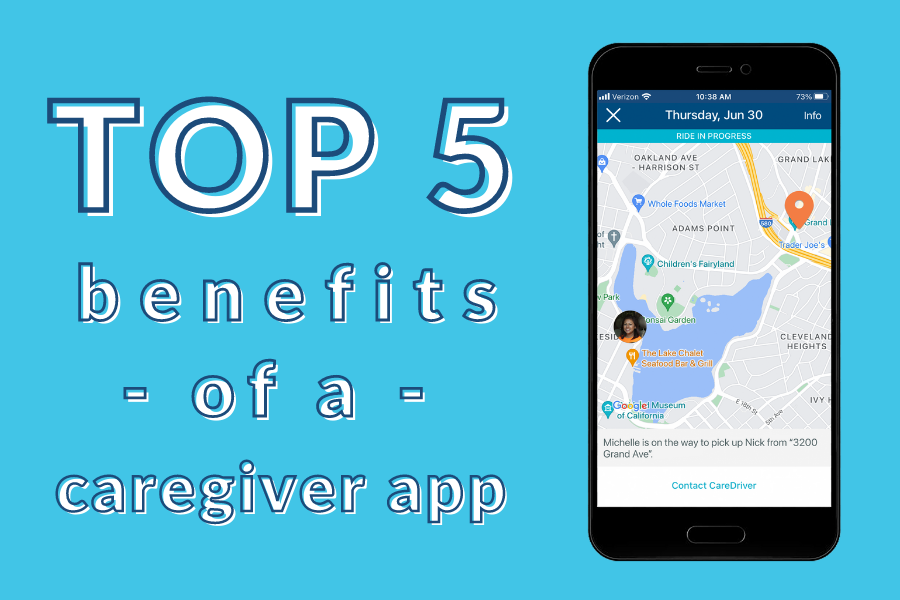5 ways to help students overcome transportation barriers

Here at HopSkipDrive, we know that transportation is one of the most significant roadblocks to true educational equity. Until every student has equal access to safe, reliable transportation to and from the classroom, students with more resources will always come out on top.
Unfortunately, challenges from the past few years — including the ongoing bus driver shortage and the coronavirus pandemic — have only increased transportation roadblocks for some of the country’s most vulnerable student populations.
In this article, we’ll touch on five ways school districts, transportation providers, parents/guardians and communities can help students overcome transportation barriers.
1. Secure funding in every possible way
There are various ways for school districts, schools and communities to access funds to help transport students to and from school and other vital extracurricular activities and appointments. For students with individualized education plans (IEPs), for example, those plans may include transportation.
There are also transportation grants school districts can apply for that could improve how students get to school. One Arizona school district, for example, worked alongside HopSkipDrive to strategize, apply for and secure a $2M student transportation grant. The district used that money to implement a “hub-and-spoke” transportation model in which students are shuttled to a central hub, then driven together to school. All students receive private, direct rides home in the afternoon.
Of course, student transportation funding varies from state to state. It’s best to reach out to local and state resources to clarify precisely what resources may be available. And connecting with peers in other nearby school districts can also help to uncover new opportunities for transportation funding.
2. Explore transportation scholarships
While not a solution for every student on a district’s roster, transportation scholarships can help pay for transportation for certain top-performing students. While such “scholarships” may seem inherently inequitable, the reality is that whenever a district can reduce the cost of transporting one student, those savings can be passed onto another pupil. In that sense, the more scholarships a district’s students can obtain, the more funding the district will have to address its overarching transportation needs.
Transportation scholarships vary in every locality. Some scholarships are affiliated with certain nonprofit groups, large businesses and other organizations.
3. Support students who are in foster care or experiencing homelessness
There are a variety of resources available for students who live with foster families or youth who are experiencing homelessness. No matter the size of a school district or the other transportation challenges a community might face, swiftly assessing changes to students’ living situations is the first step in ensuring they can and will remain in their school of origin — and continue to attend class consistently day after day.
The McKinney-Vento Act is a federal law guaranteeing that students experiencing homelessness can enjoy the same educational opportunities as their peers. The law articulates these students’ right to free transportation to and from school and extracurricular activities; remaining enrolled at their school of origin; and enrolling in school without proof of residence or immunization.
Keep in mind that the law sets somewhat vague criteria for “homeless youth” and relies on local liaisons to help determine which students qualify for federal assistance. To ensure qualified students can unlock access to the necessary funding immediately, school districts must rapidly and accurately determine which vulnerable students are eligible, and when.
4. Optimize school bus routes
As the ongoing school bus driver shortage continues — and more and more students are taking advantage of school choice programs — the strain on school districts to transport students has increased.
To combat the bus driver shortage, many districts are changing hiring requirements, getting creative with their bus routes, and offering financial incentives to get more drivers behind the wheel. Other districts are expanding walk zones or leaning on existing public transportation infrastructure to lessen the dependency on traditional school buses.
One of the most effective (and least costly) ways to remove transportation roadblocks related to the bus driver shortage is to optimize bus routes. Districts and schools that have not done so already should consider exploring new transportation models and solutions designed to maximize bus and driver utilization.
5. Complement existing resources with alternative transportation solutions
As schools and districts rethink school bus routes, a balance between what’s best for students — and the budget — must be struck. It’s important for districts to recognize that the least expensive, most effective mode of transportation won’t always be the school bus.
In fact, the small vehicle transportation provided by HopSkipDrive CareDrivers has been proven to save an average of 40% per student when a school bus route serves a dozen students or fewer.
There are also reasons to secure alternative transportation even when cost savings are not immediately apparent. For example, research shows that long, stressful commutes negatively impact students by chipping away at sleep and exercise time. Other studies indicate that longer commutes lead to school transfers, which don’t always serve a student’s best interest.
This is also true for students living in foster care, experiencing homelessness or requiring an IEP. Fortunately, with the help of federal and state laws, proper transportation should be available to these students at no cost to their parents or legal guardians.
A safe, reliable ride to school can shorten lengthy commutes, lower the risk of chronic absenteeism, and ensure that students who cannot be transported by a school bus still have a dependable way to get to and from school every day.
Whether school districts utilize one, two — or all five — of the suggestions we’ve shared here, they will be that much closer to removing transportation barriers that prevent students from accessing the opportunities they are entitled to.
Interesting in learning more about HopSkipDrive's safe school transportation solutions?


